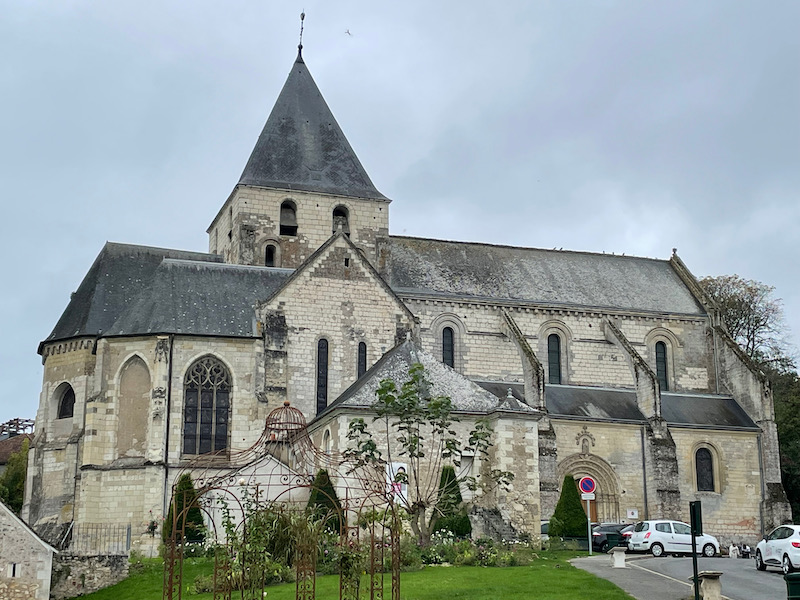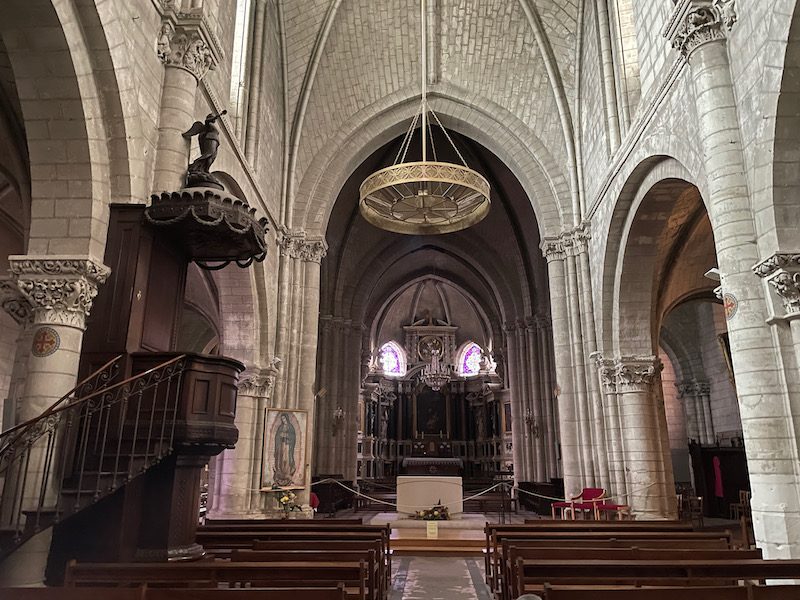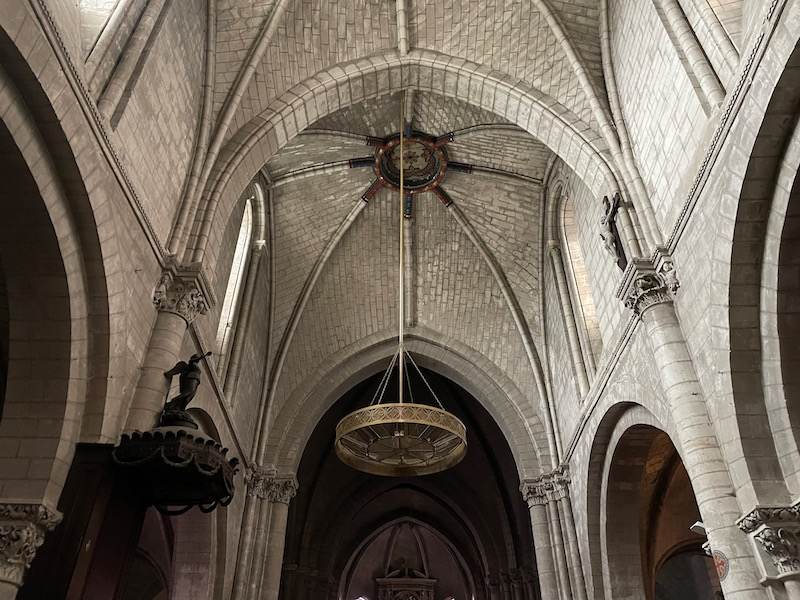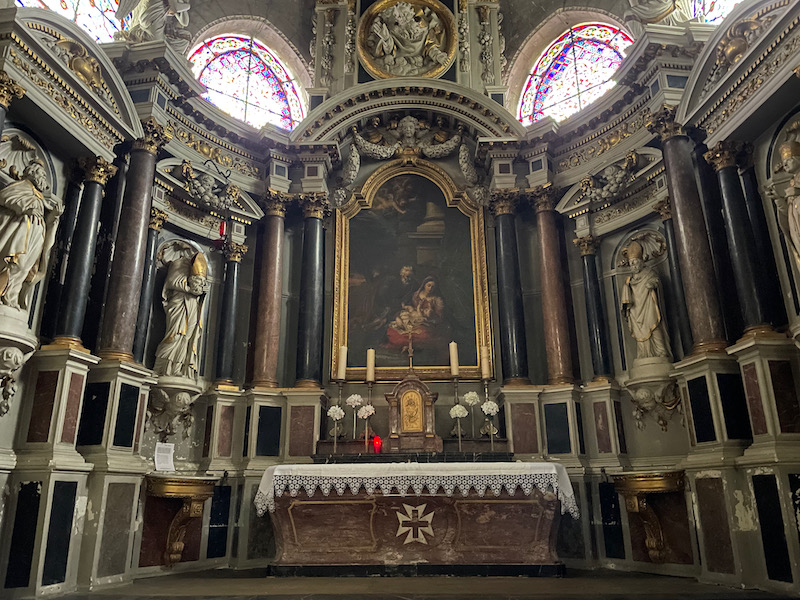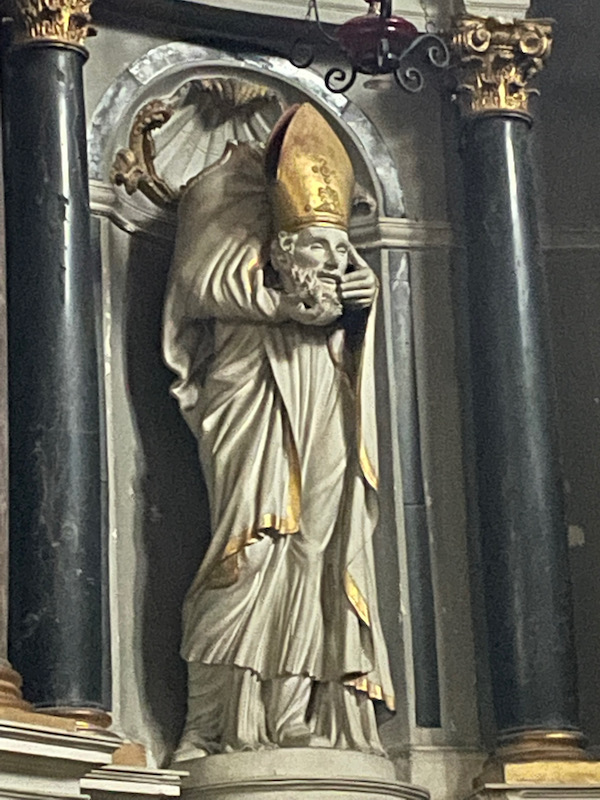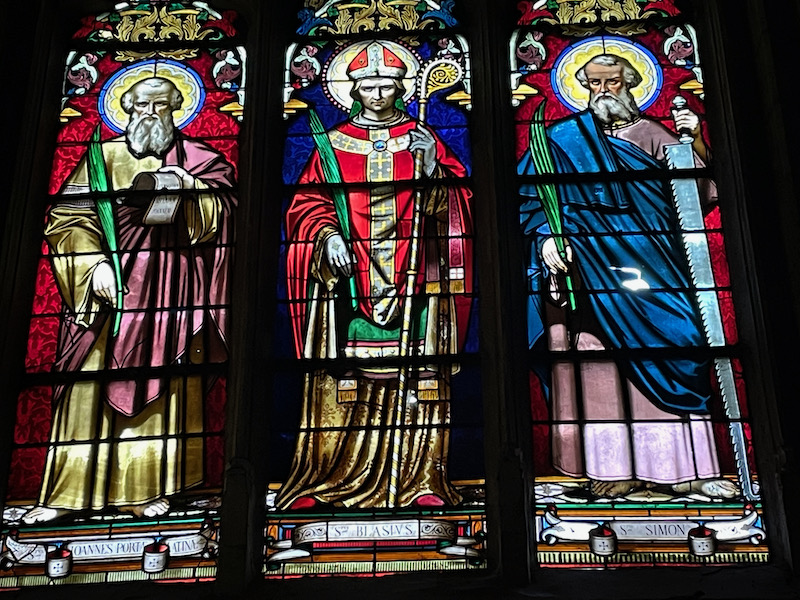Our Blog - Loire Valley Trip - Amboise, France
We had visited the Chateau of Amboise many years ago, but didn't spend much time in the town. This time, we did the opposite, and did a tour of the town but skipped the chateau. The counts of Amboise were very influential throughout the Middle Ages and Renaissance, and the royal castle was definitely a way to show the importance of the area. There are actually a few castles here: the Royal Castle where the court of King Charles VIII lived as well as François I, the castle of Clos Lucé, where Leonardo da Vinci lived for a time, and Chateau Gaillard, the residence of a royal garden architect.
We started our walk at the Clock Tower. This was originally an old city gate from the 13th century and then King Charles VIII had the new belfry added in the late 15th century.
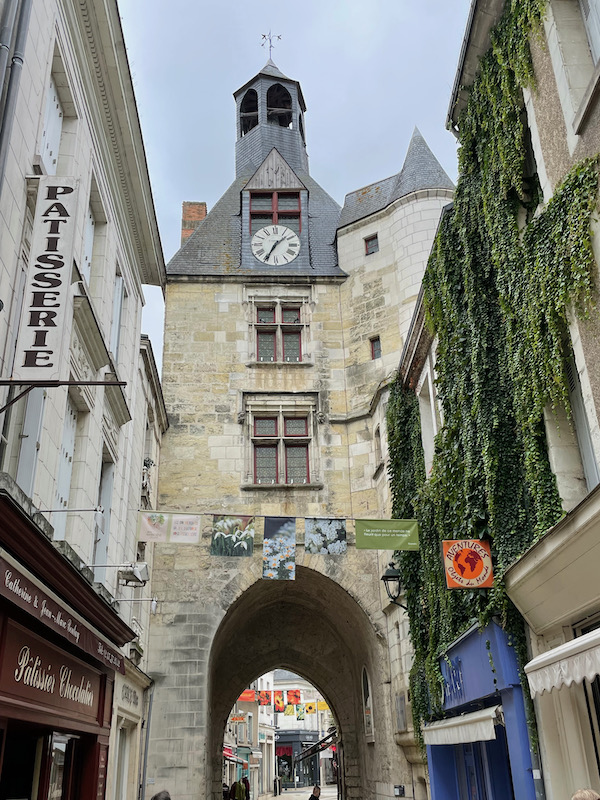
I have a few pictures of the Chateau from a couple different sides. The original castle here dates from about the year 900 with the Count of the Angevins. It was expanded and improved over time until its owner, Louis d'Amboise, was convicted of plotting against Georges I de La Trémoille and condemned to be executed in 1431. In 1434, King Charles VII decided to pardon him but seized the château anyway. It was a favorite residence of a set of French kings, from Louis XI to Francis I and King Charles VIII was brought up here.
When he became king in 1483, he started making changes to make it a veritable palace. Perhaps he should have made other changes, since he died here in 1498 after hitting his head on the stone lintel of low door. Like many royal palaces, the château fell into decline from the second half of the 16th century and the majority of the interior buildings were later demolished. A few survived and have been restored, along with the outer defensive circuit of towers and walls. You can see the different styles ... the large Quatre Travées tower and it's massive doorway, and then the royal residence of Charles VIII and the Minimes tower.
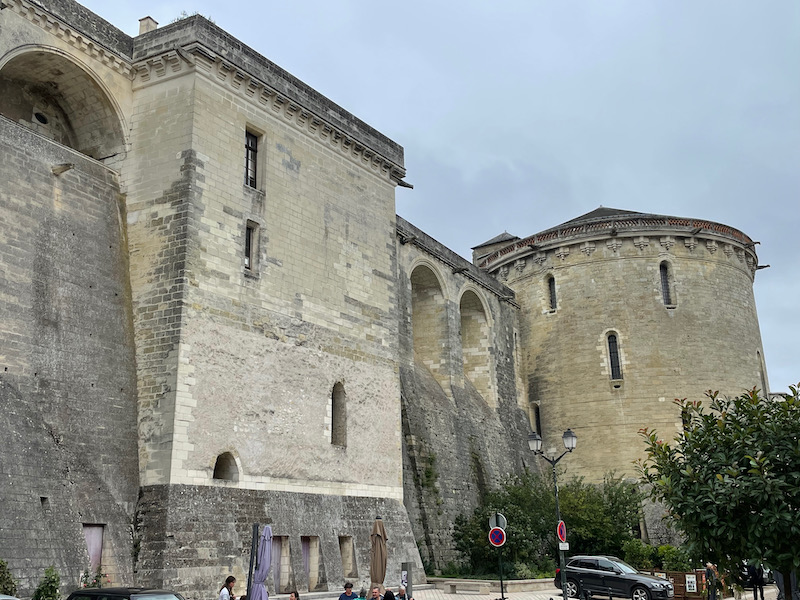
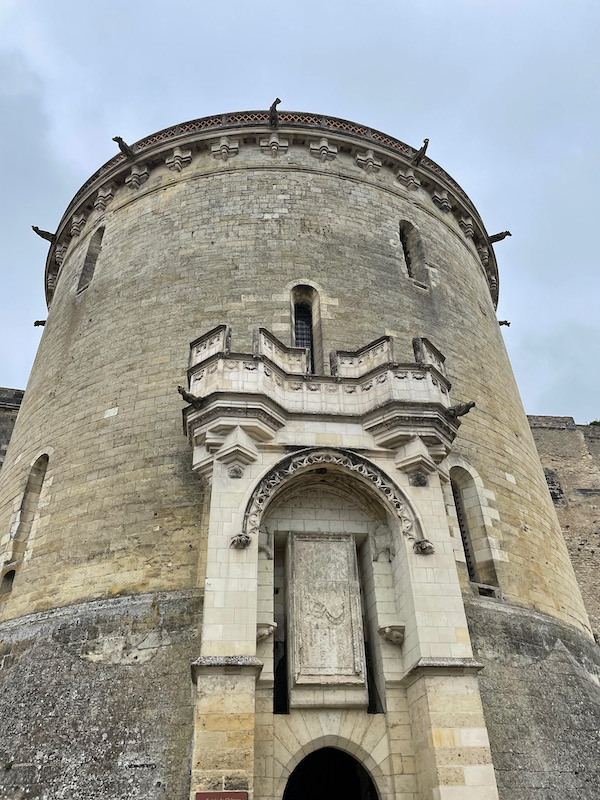
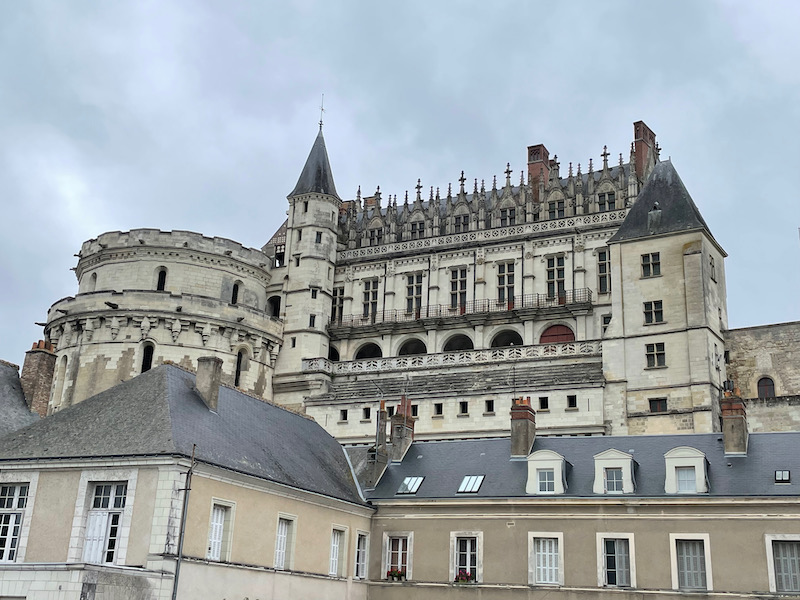
In this area, there seems to be quite a few troglodyte dwellings. These are quite old and up until the 20th century, these caves were the living quarters for the poorer people, like workers from the local factories. As you walk around, you can see some that are quite impressive, with nice new windows and fireplaces (like the one in the middle of this picture). Some have been taken over by winegrowers, who created cellars to store their wine in the cliff, and others have been turned into B&Bs.
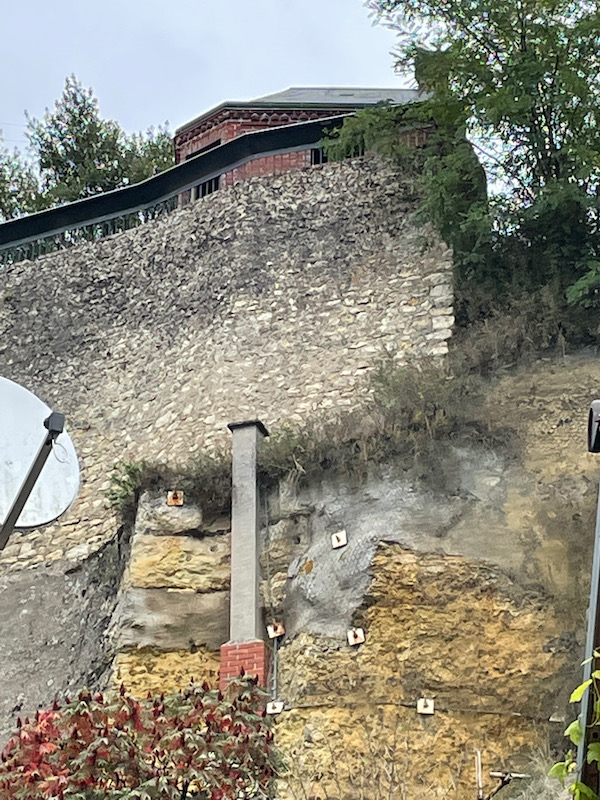
As we headed back down the hill, we passed by a large house, in part troglodyte, called "La Maison des Pages". This is the house where the pages of King Charles VII lived. It is built up against the cliff and the living room is troglodyte (so carved into the rock).
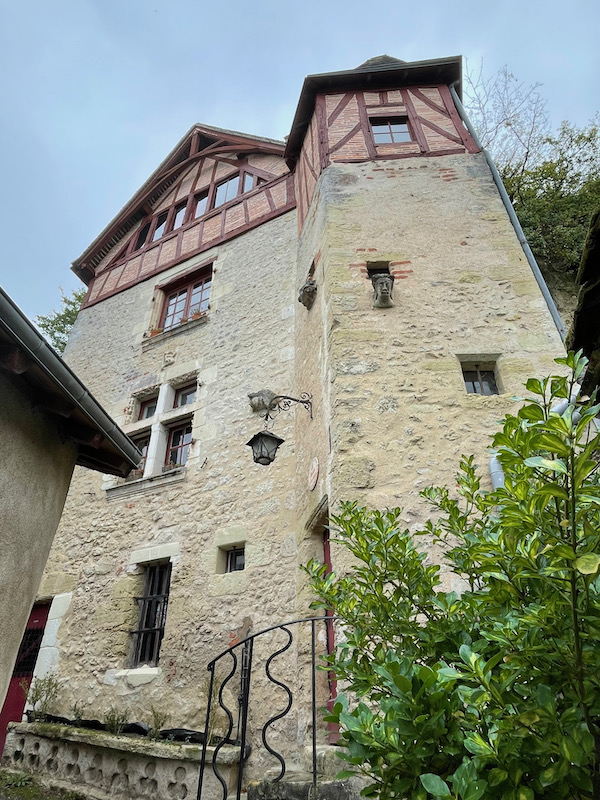
Our last stop was the Église Collégiale Saint-Denis. Originally a pagan place of worship, then a basilica founded by Saint Martin in the 4th century, the current Romanesque church was built in the 12th century. The bell tower collapsed and was rebuilt in the 18th century. I don't have very much information on the church, so I'll just let you enjoy the pictures.
